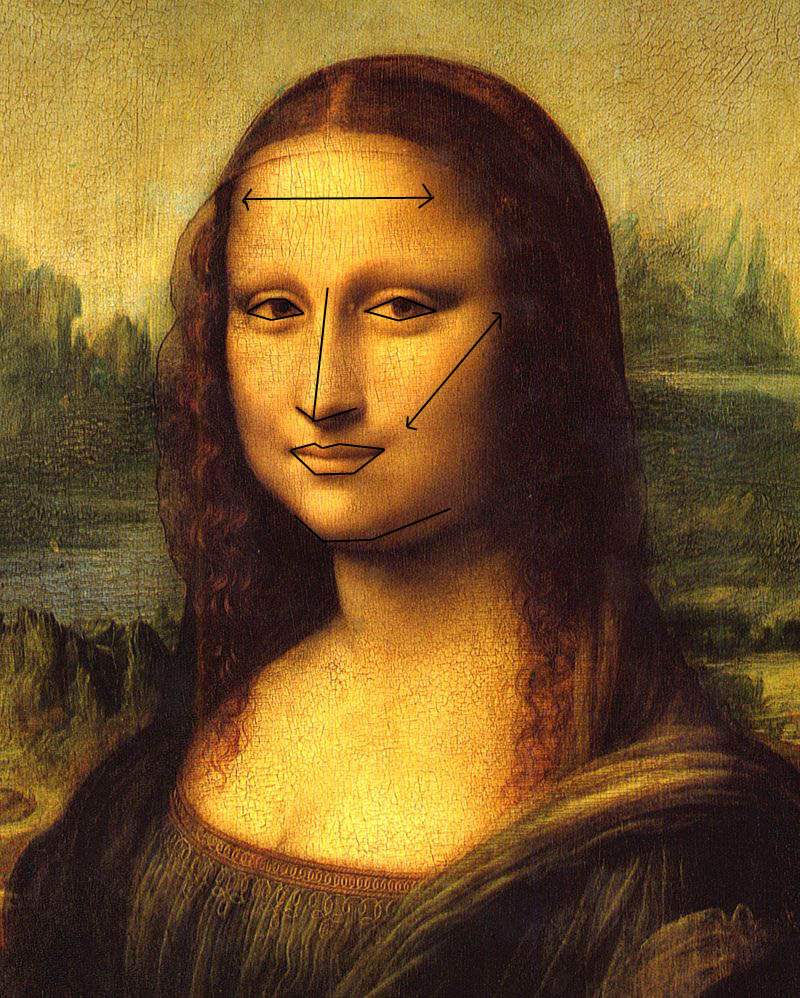People are quick to judge, as researchers identify facial features that people  associate with personality traits in a tenth of a second...
associate with personality traits in a tenth of a second...
Writing in PNAS, York University scientist Tom Hartley and his colleagues asked human volunteers to rate 1,000 photographs taken from the Internet and assign them any of 16 different personality traits. These were then boiled down to three main attributes: dominance, approachability and attractiveness.
The researchers then used a computer to extract from the faces measurements of 65 characteristic features including the height of the jaw line, the shape of the mouth, the position and size of the eyes and so on. These measurements were then correlated by the computer to link the appearance traits to the raters' impressions.
The programme was able to teach itself, meaning that it refined its assessments as more data were entered. On this basis the team were able isolate the specific characteristics that strongly inform the impression formed by a third party. Mouth shape and area, for instance, were linked to approachability and masculine features were linked to perceived dominance and assertiveness while large eyes are linked with youthful attractiveness.
Using this information, the researchers then produced cartoon versions of faces depicting these characteristics to varying degrees to see whether humans would judge them as having the intended traits, which was indeed the case.
This shows that the first impressions we form of others - usually in under one tenth of a second - are strongly influenced by facial features. The results, says Hartley, could be used to assist film animators who want to convey and instil appropriate emotional reactions to the characters their draw amongst audiences.
There may also be a spin-off for users of online dating and social media sites too: using the system to analyse images a user intends to upload will help a person to make the best first impression. It may also be feasible to use the system to provide biofeedback to individuals eager to improve their image. "You can predict election results from looking at the faces of politicians," says Hartley. "So we know that the face you present makes a big difference to the generalisations that people make about you."
References
- Previous The smell of fear
- Next Driverless Cars










Comments
Add a comment